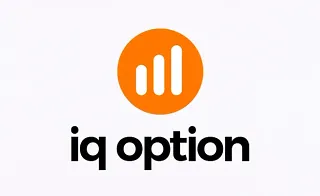The liquidity sweep and run strategy in ICT style provides suitable entry and exit points by targeting liquidity at key levels and price reversal to the central zone.
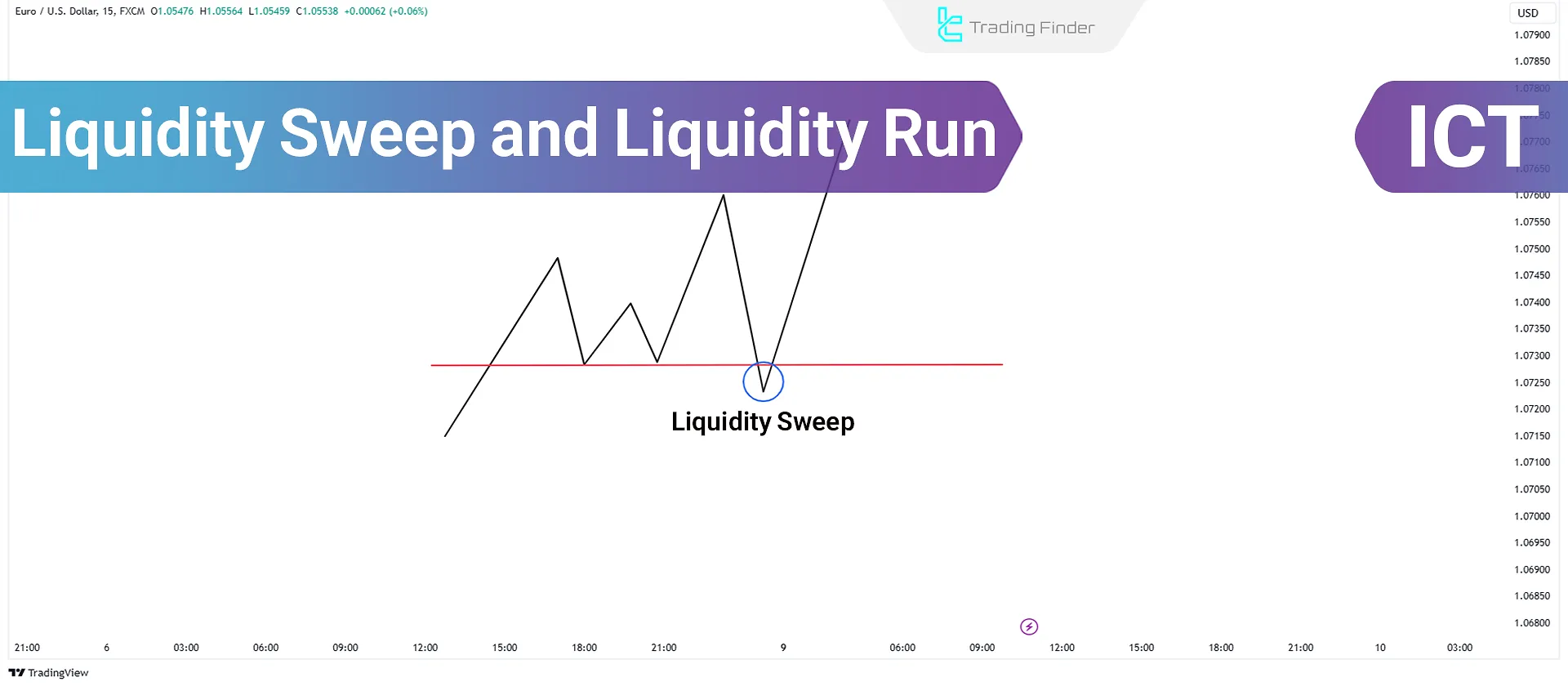
What is Liquidity Sweep?
In the context of ICT, a liquidity sweep refers to a price movement aimed at attracting liquidity (including stop orders or pending orders). This typically occurs before a market trend reversal.
The price may move towards lows and attract sell-side liquidity, but it may reverse without a sustained break below these lows.
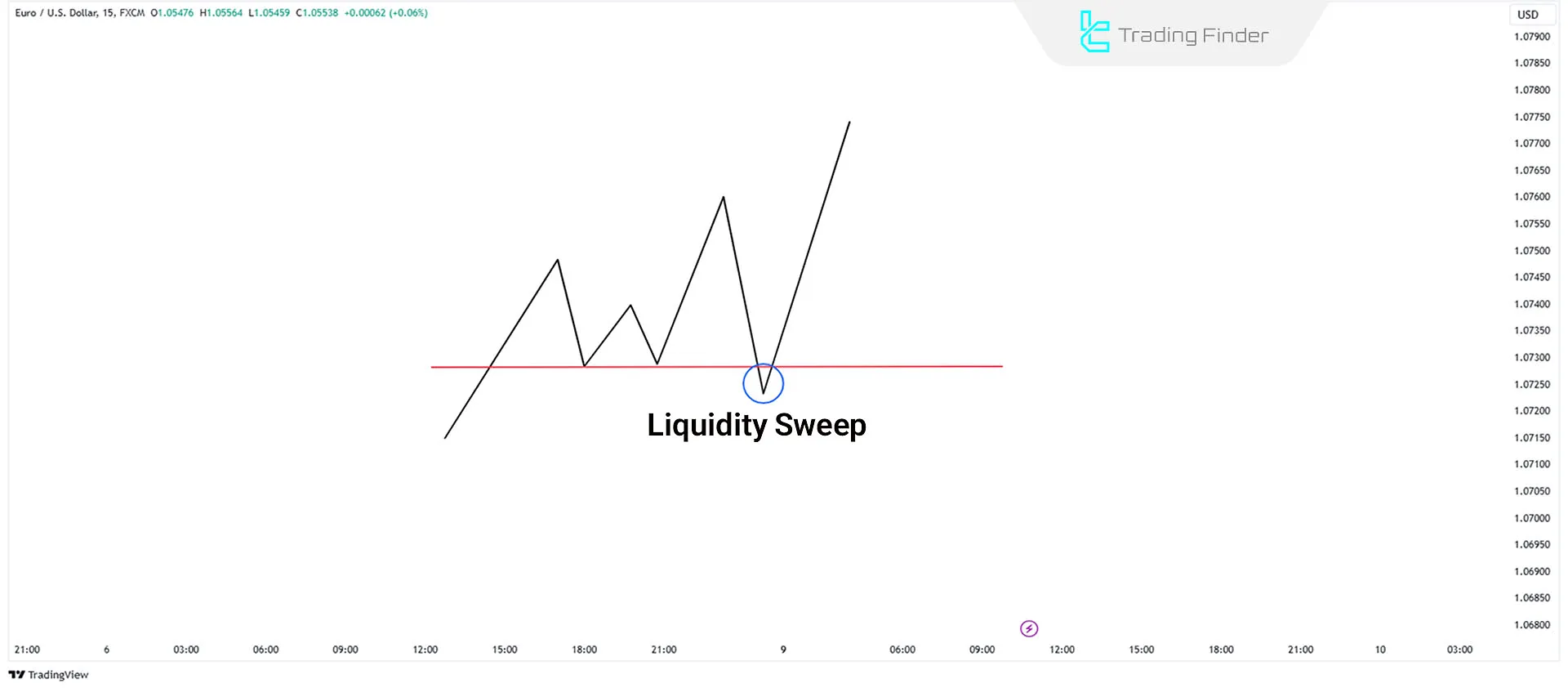
Similarly, the price might move towards highs and attract buy-side liquidity but reverse without a sustained break above these highs.
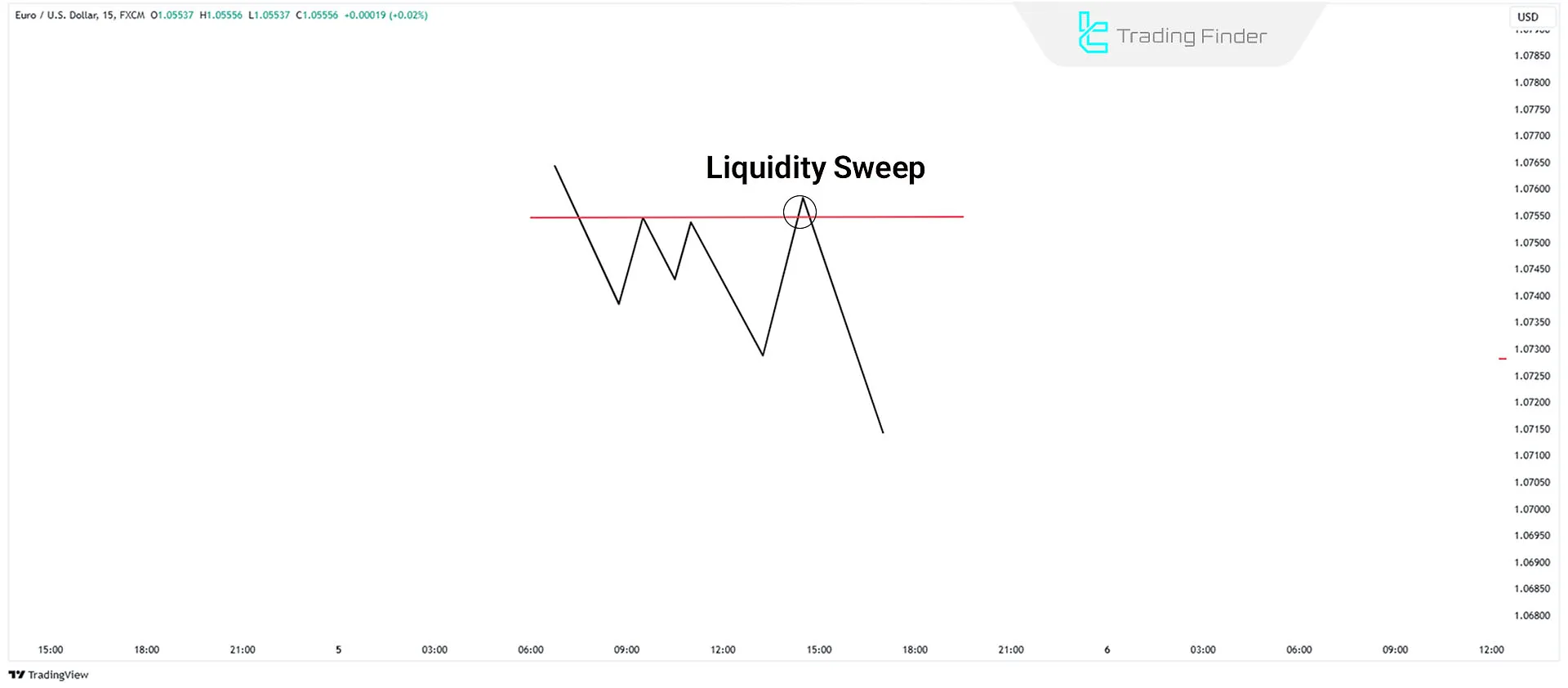
How to Predict Liquidity Sweeps
To predict liquidity sweeps, pay attention to the specific factors and patterns in the market. These include:
- Identifying Key Areas: Equal highs and lows often fill with stop orders;
- Stop Order Examination: The market typically moves towards areas with significant buy or sell stop orders;
- Deceptive Price Movements: When the price nears an important level and quickly reverses, it might indicate a liquidity sweep;
- Trading Volume: A sudden increase in trading volume near key levels signals liquidity absorption;
- Candlestick Patterns: Look for reversal patterns such as pin bars or engulfing candles near liquidity levels;
- Post-Break Price Movement: A liquidity sweep is likely if the price breaks a critical level but fails to close above (bullish) or below (bearish);
- Market Behavior During Specific Times: Liquidity sweeps often occur during high-liquidity periods, such as London or New York market openings.
Buy Trades in Liquidity Sweeps
If the market structure is bullish and equal lows form, a break below these lows followed by a rapid upward reversal can be an opportunity to enter a long trade.
The XAU/USD chart in the 2-hour timeframe demonstrates an uptrend in a liquidity sweep style.
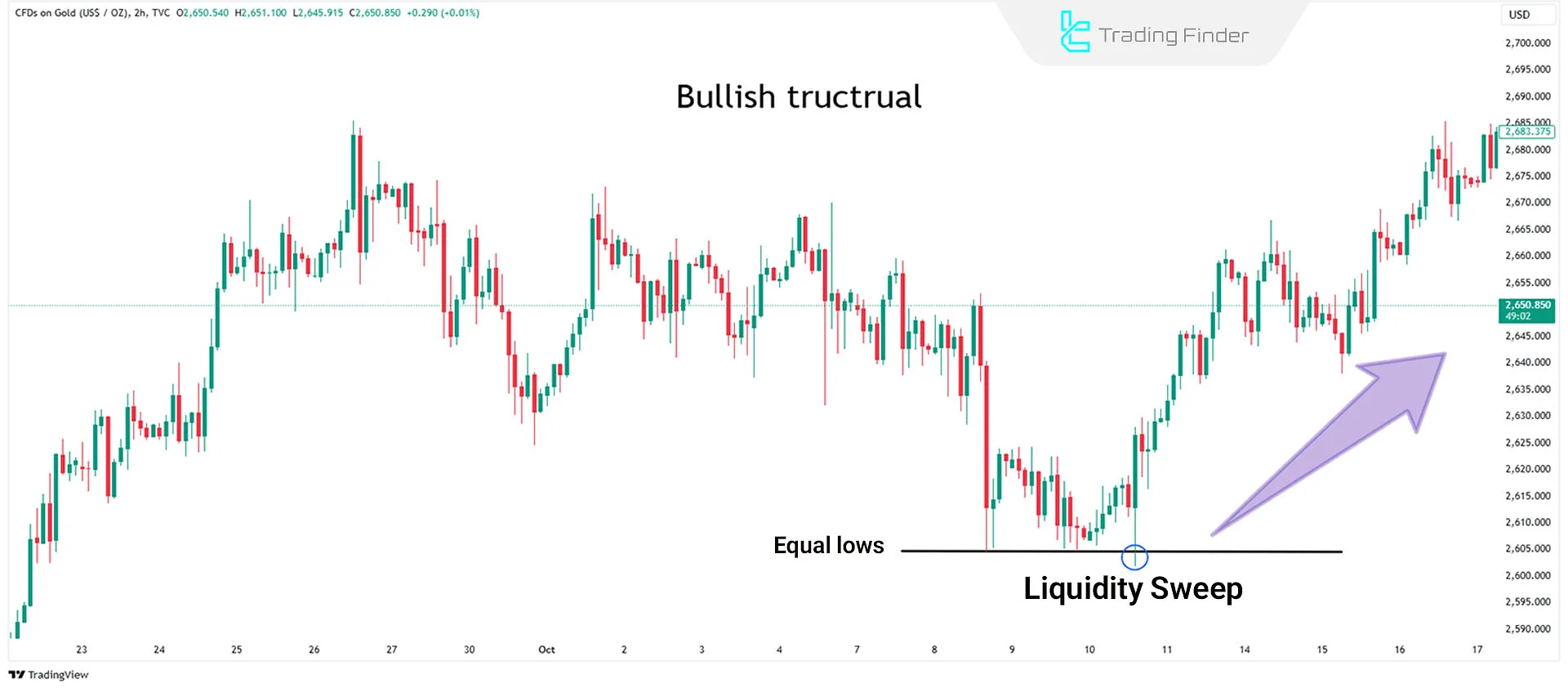
Sell Trades in Liquidity Sweeps
If the market structure is bearish and equal highs form, a break above these highs followed by a rapid downward reversal can be an opportunity to enter a short trade.
The EUR/USD chart in the 2-hour timeframe demonstrates a downtrend in a liquidity sweep style.
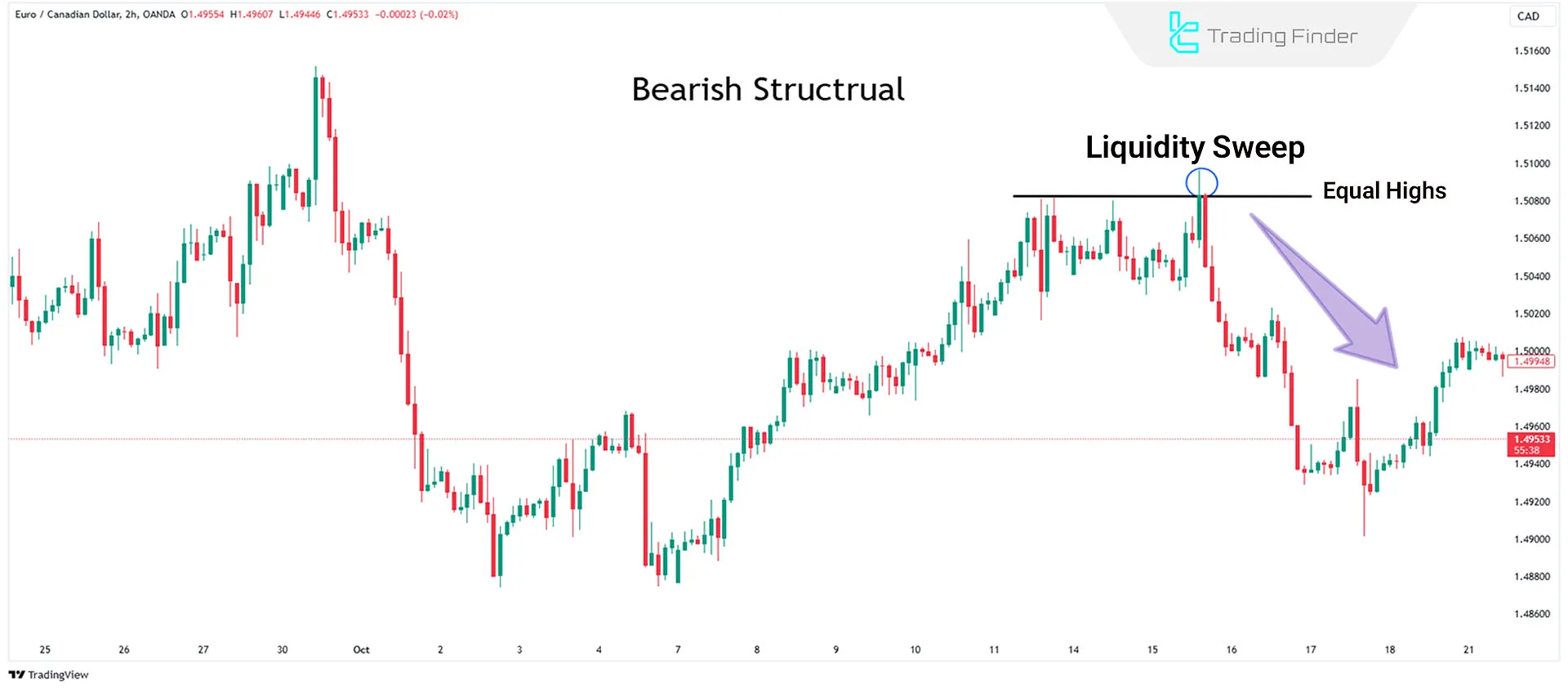
What is Liquidity Run?
A liquidity run occurs when the price moves in the primary trend direction, targets liquidity in forex and continues without reversal.
In a bullish market, the price targets the previoushigh, absorbs liquidity, and creates a new high. This phenomenon is called Break of Structure.
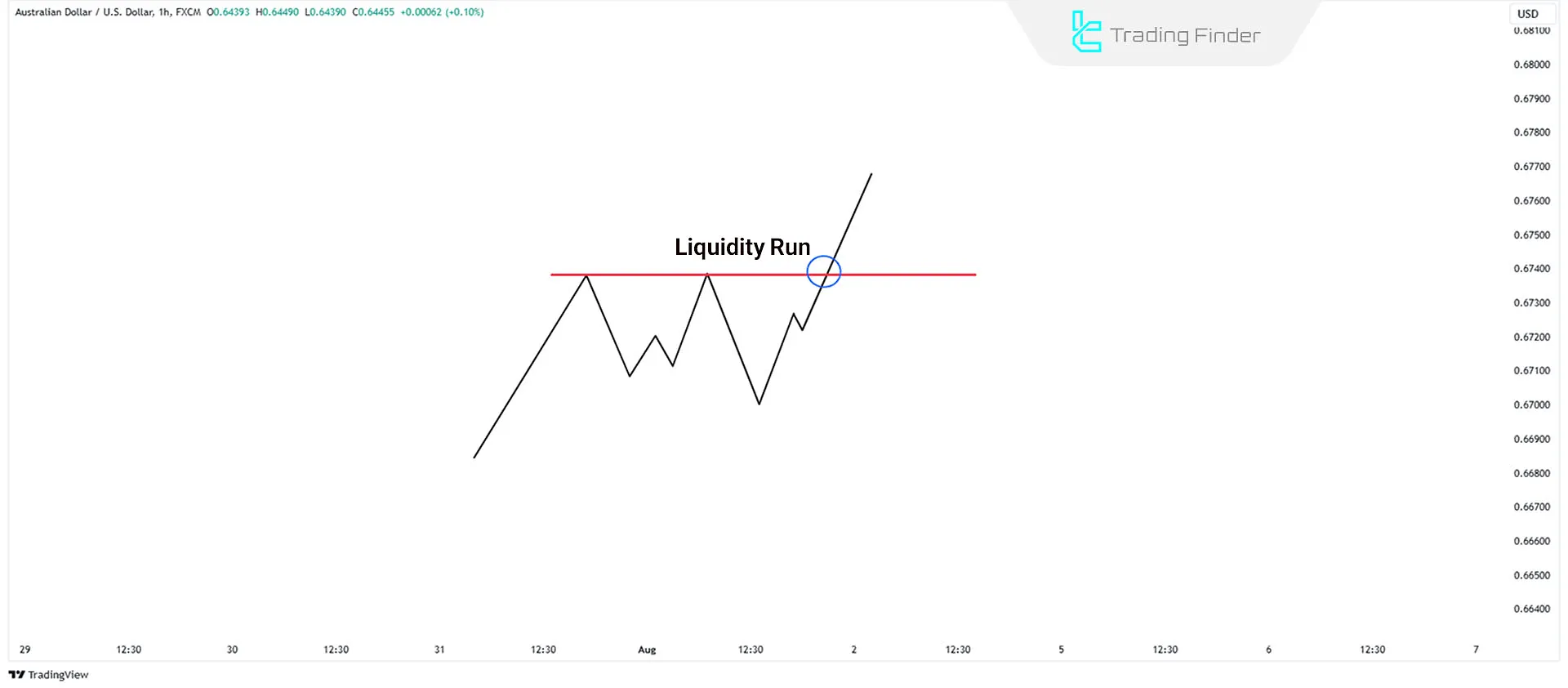
In a bearish market, the price targets the previous low, absorbs liquidity, and creates a new low.
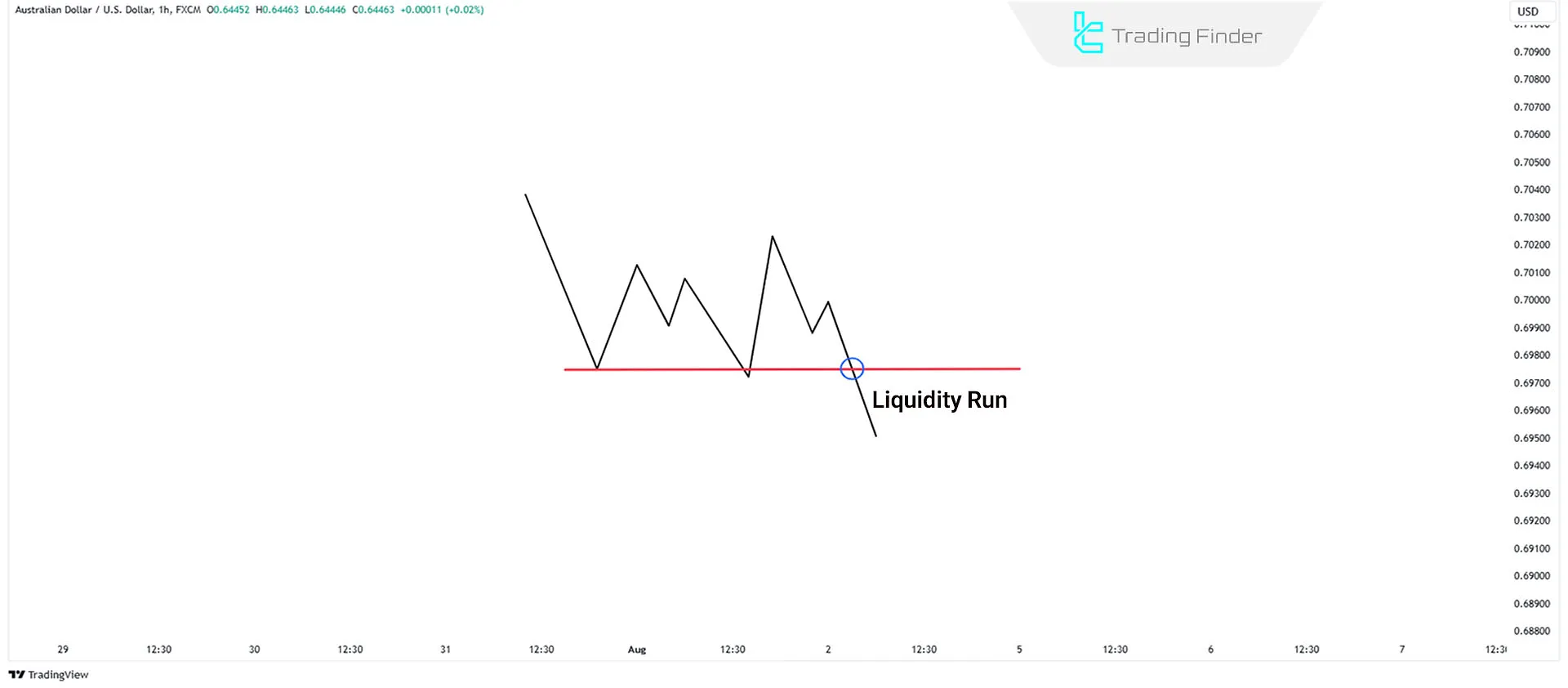
Buy Trades in Liquidity Runs
If the market is bullish and equal highs form, the price may reach the previous high, absorb its liquidity, and continue the uptrend to create a new high.
This presents a long trade opportunity. The AUD/USD chart in the 1-hour timeframe demonstrates an uptrend in a liquidity run style.
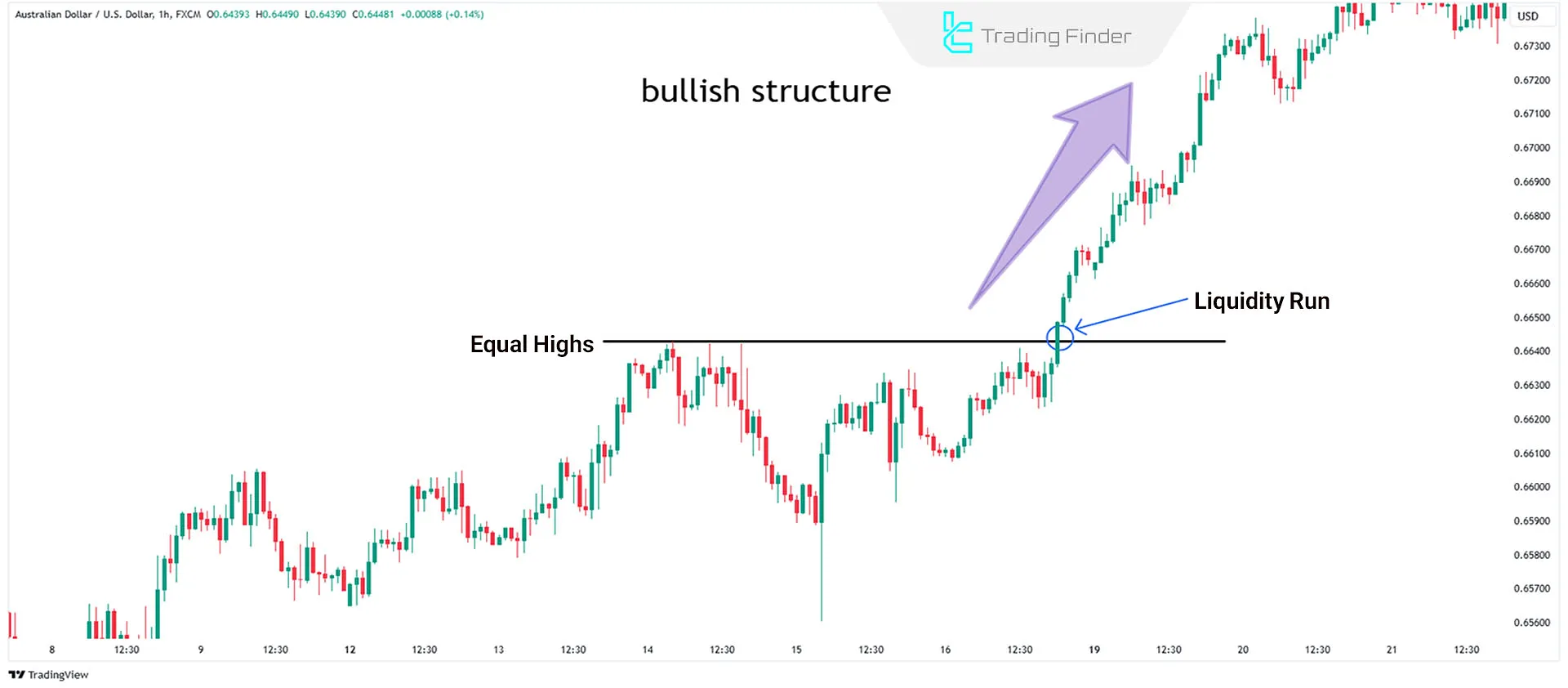
Sell Trades in Liquidity Runs
If the market structure is bearish and equal lows form, the price may reach the previous low, absorb its liquidity, and continue the downtrend to create a new low.
This presents a short trade opportunity. The XAG/USD chart in the 30-minute timeframe demonstrates a downtrend in a liquidity run style.
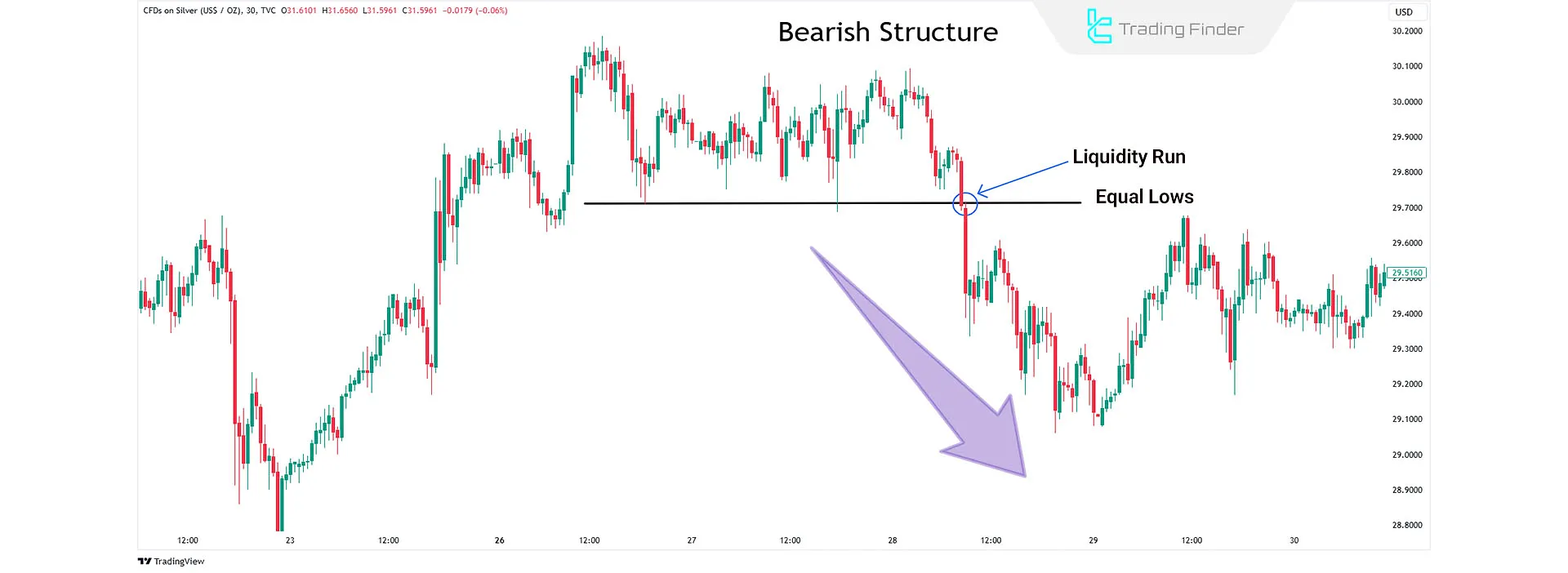
Differences Between Liquidity Sweep and Liquidity Run
The table below shows the differences between Liquidity Run and Liquidity Sweep:
Criterion | Liquidity Sweep | Liquidity Run |
Price Movement Goal | Attracts liquidity and reverses direction | Attracts liquidity and continues in the trend direction |
Market Structure | Can occur in both bullish and bearish trends | Typically occurs during trend continuation |
Price Movement Post-Event | Reverses direction post liquidity absorption | Continues moving in the same direction |
Indicators | Sharp, short-term price changes near liquidity zones | Gradual and consistent movements in trend direction |
Trading Strategy | Enter counter-trend trades (e.g., buy near lows after a sweep) | Enter trend-following trades (e.g., buy after a breakout) |
Conclusion
The concepts of Liquidity Sweep and Liquidity Run in ICT style and Smart Money are crucial for understanding liquidity behavior.
These concepts are demonstrated differently depending on market conditions and the type of trend (bullish or bearish).
Combining these two strategies can help identify optimal entry and exit points.




